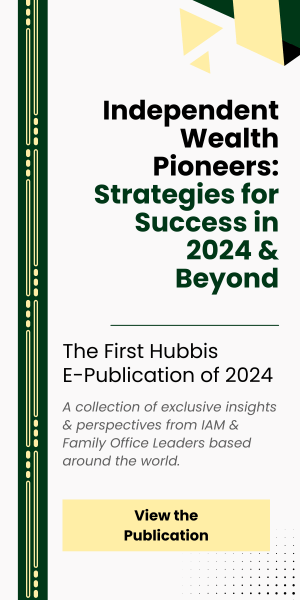Banks have traditionally used data essentially to manage risk and grow revenues, but have not done much in driving greater intimacy. Yet in a world filled with ‘noise’, clients value insights that are relevant to them.
Panel speakers
Charlie O’Flaherty, Partner, Crossbridge Capital
Michiel van Selm, Director - Director Customer Impact & Growth, Financial Services Industry Practice, PwC
Alex Medana, Founding Partner & Chief Executive Officer, FinFabrik
Vineet K Vohra, CFA, Director & Practice Leader, Arete Financial Partners
Joe Rothermich, CFA, Director, Data Science, Thomson Reuters Labs, Thomson Reuters
Although many financial institutions are not yet focused on data, there is little doubt among industry practitioners in Asian wealth management that data will be key to client engagement going forward.
Personalised experiences will be the expectation as opposed to the exception.
For companies which don’t pay enough attention to this and fail to embrace data-driven engagement models, therefore, it will be difficult for them to remain relevant.
And the risks get bigger the larger the institution; what comes with scale is a much greater data trove, and therefore the greater the value at risk.
These were among some of the key observations of speakers at the annual flagship Hubbis Digital Wealth event in Singapore in June.
Becoming a data-first institution
For wealth management firms to make more use of the unique data they have about their customers, they need to be able to connect it to both internal and external data-sets.
They also need to be able to use the data to develop value for their customers, not just internally, add practitioners.
This all highlights the scope for a role for data scientists to play in Asian wealth management. This might range from heling firms to meet information needs around compliance and risk. At the same time, they can create new opportunities for growth.
But bringing data to life is no easy task. In most instances, users probably need to be eased into it with optional data-drive customisation.
Indeed, practitioners say that most people tend to respond to data-driven insights that add value to their experience, as opposed to trivial statistics. The same is true if they get something back, such as a comparison with peers. Making it personal and interactive is a way to achieve this.
Yet human-driven quality control is still required for the time being, to be sure that the data collected is accurate and relevant.
How to tap into unstructured data is another key question-mark for private banks, which have a lot of data available that is not analysed, such as call recordings and document repositories.
Yet some banks are starting to take the first steps to mine this.
Even if they do, turning the data into actionable insights is the big challenge.
Very few institutions are able to use insight to change their business by understanding digital behaviour and then using this to increase share of wallet, or understand key behaviours of high-performing RMs and use this to help improve other RMs.
The right approach
At the same time, institutions need to be aware of the mistake of focusing on data first, rather than the goal or vision in terms of the ‘why’, to provide a more useful roadmap of then looking into the data.
The insights from data analysis should also be usable and available in a timely fashion to influence future actions, say practitioners.
So it shouldn't stay locked up in the confines of a data scientist's lab, but rather shared with those for whom it would matter.
Yet if there is an overdose of data, practitioners say this can also cause its own problems, in terms of making lives more difficult to find meaning in it – with or without AI.
Ultimately, to match up data to what is important to people personally, therefore, there needs to be a willingness to collaborate.
Data and insights deriving from that should then be shared by those who draw them out and those who would use it. It needs a mutual acceptance that data matters.
And this is true whether speaking about clients, RMs, traders, underwriters, product managers or business leaders.






